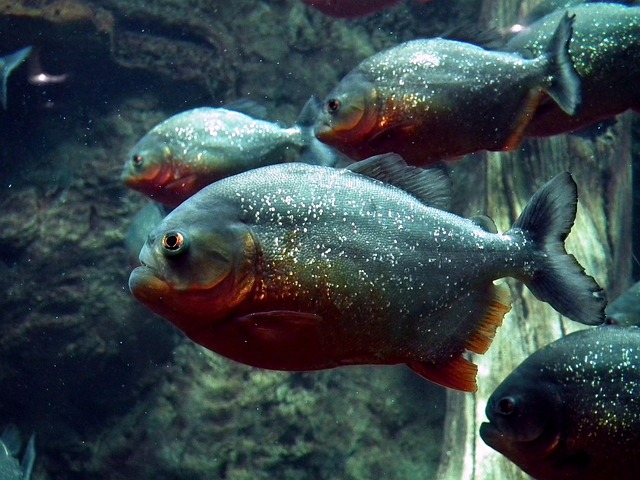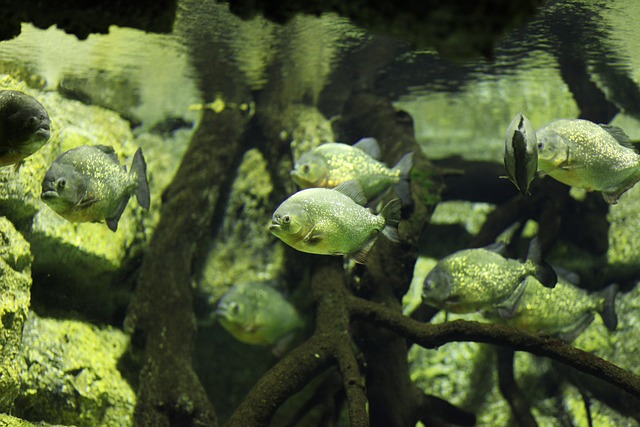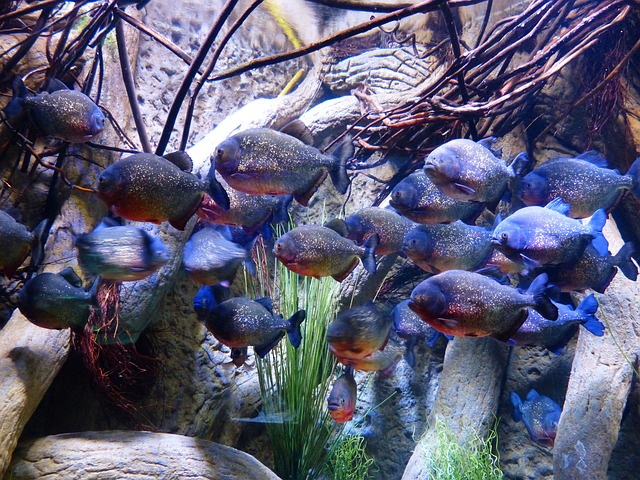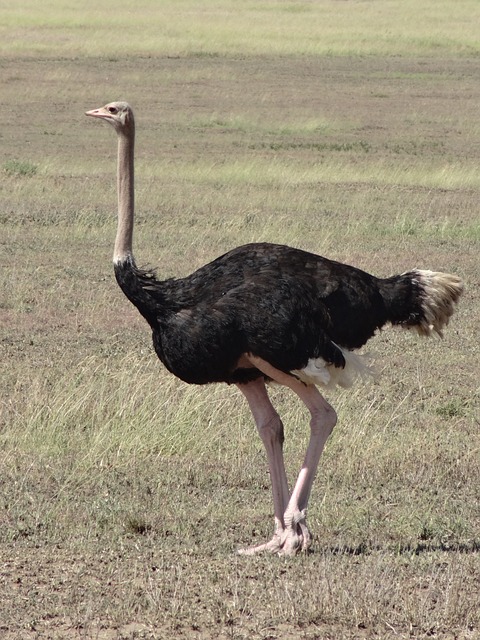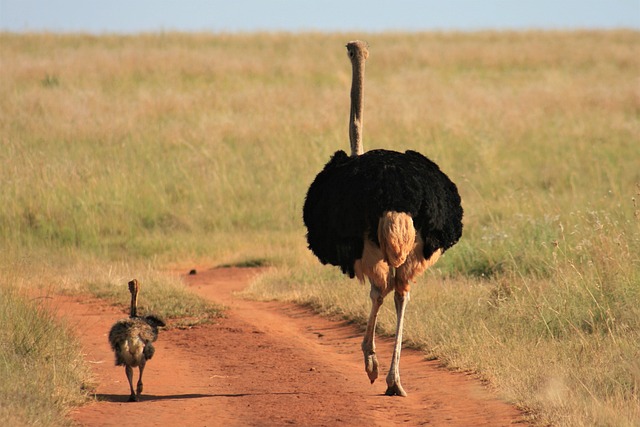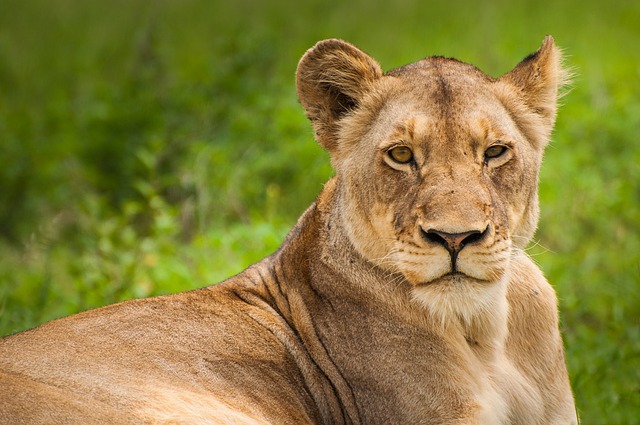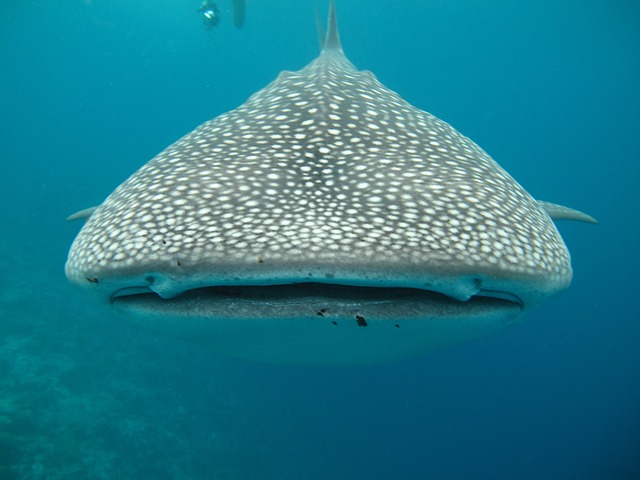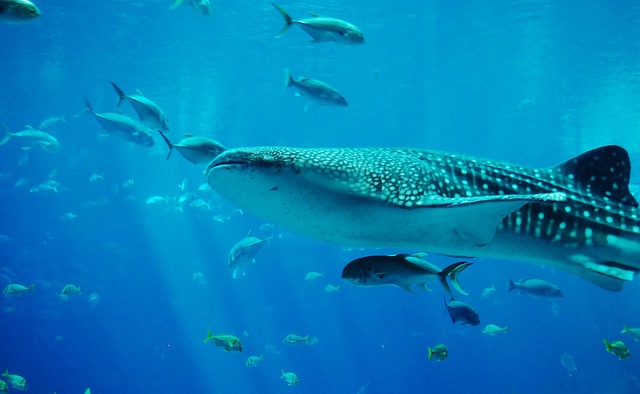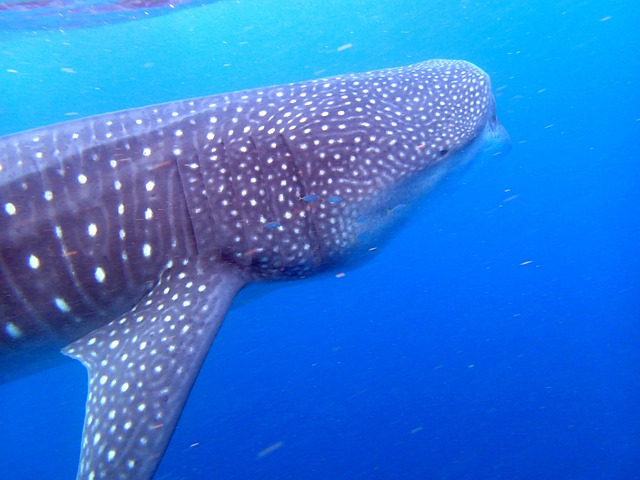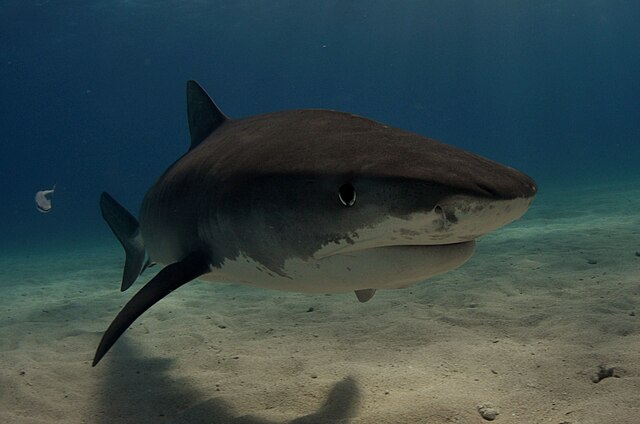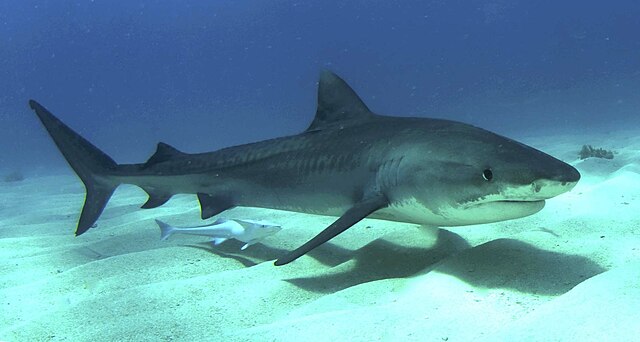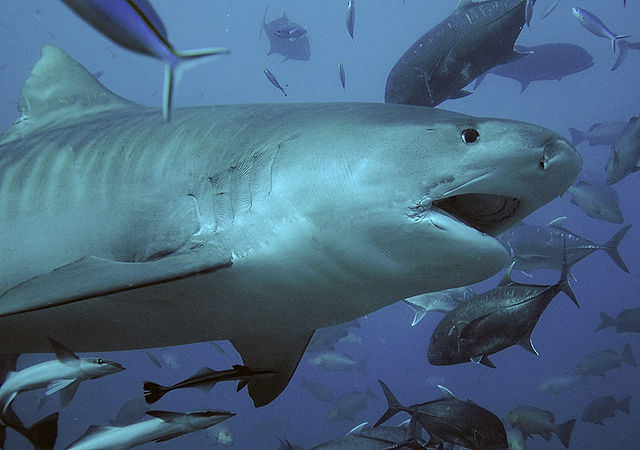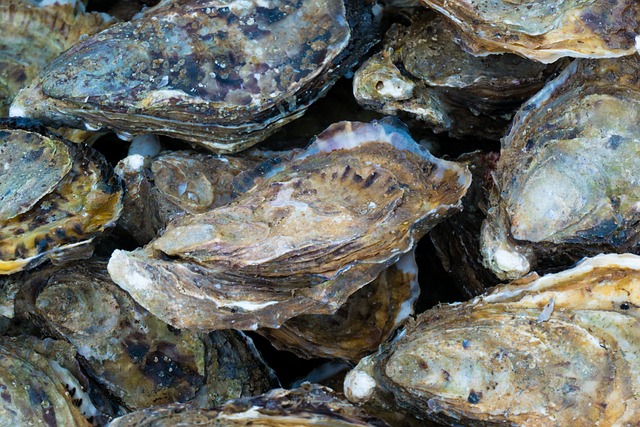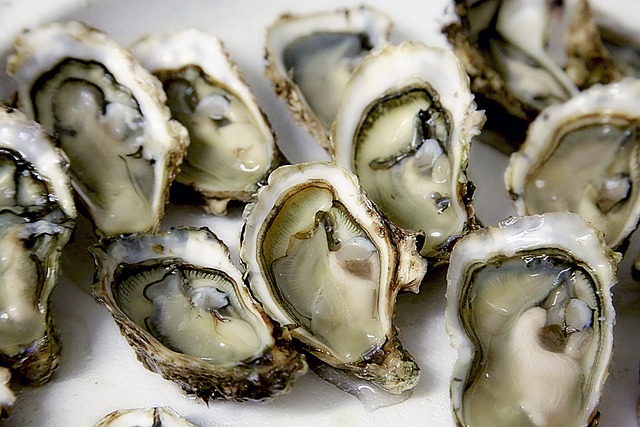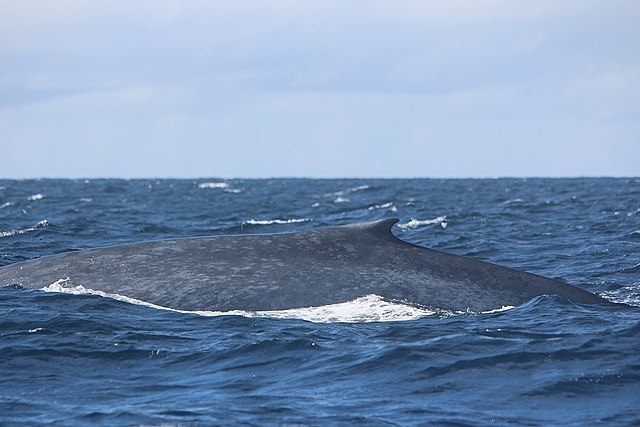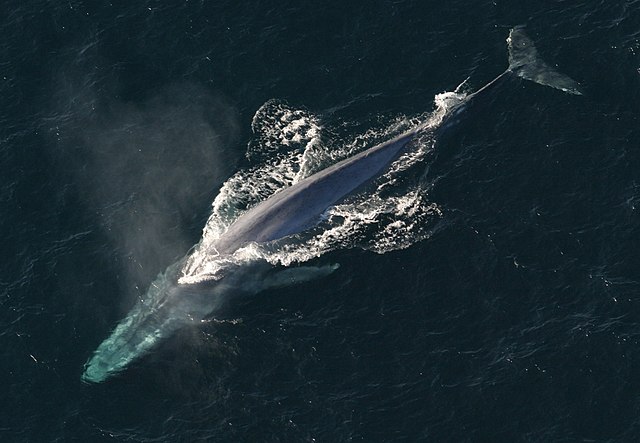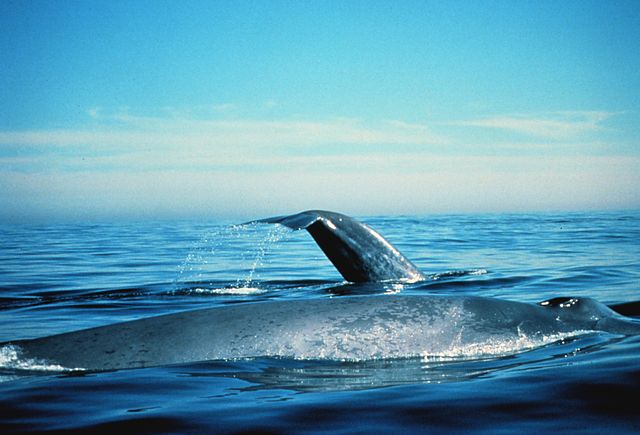Welcome to the remarkable world of orcas, also known as killer whales. These majestic creatures have captivated humans for centuries with their intelligence, social behaviors, and impressive physical characteristics. In this comprehensive guide, we will delve into the fascinating world of orcas and provide a glimpse into their lives, habitats, and importance in various cultures.
Our aim is to educate and inform readers about these amazing animals and their critical role in the ecosystem. Understanding orcas is essential for conservation efforts, as they face numerous threats in their natural habitats.
So let’s dive in and discover the captivating world of orcas, starting with their physical characteristics.

The Physical Characteristics of Orcas
Orcas, more commonly known as killer whales, are one of the most recognizable and majestic creatures in the ocean. They are the largest members of the dolphin family and are easily distinguished by their distinctive black and white coloring, rounded dorsal fins, and powerful bodies. It’s no wonder that these creatures have captured the fascination of people across the globe.
There are actually several different types of orcas, each with their own unique physical characteristics. The most well-known is the transient orca, which can reach lengths of up to 32 feet and weigh up to 6 tons. They have a distinct white eye patch and a more pointed dorsal fin, giving them a sleek and streamlined appearance. On the other hand, resident orcas have a more rounded dorsal fin and a larger body size, reaching up to 50 feet in length and weighing up to 11 tons. These orcas are more commonly found in the Northwest Pacific and have a striking black and white coloration.
Orcas are apex predators, meaning they are at the top of the food chain in their habitats. They are highly skilled hunters, known for their ability to take down even the largest marine mammals, such as seals, sea lions, and even other whales. This is made possible by their impressive diet, which includes fish, squid, seabirds, and other marine animals. In fact, orcas are known to be opportunistic feeders, meaning they will eat whatever is available to them, making them highly adaptable and successful hunters.
One of the most fascinating physical characteristics of orcas is their hunting techniques. They often work together in coordinated hunts, using strategic movements and vocalizations to communicate and work as a team. Some pods even have specialized techniques, such as beaching themselves to catch prey on land. This unique hunting behavior is not only impressive but also highlights the high level of intelligence and communication skills possessed by these creatures.
Aside from their hunting prowess, orcas also have a unique and highly complex social structure. They live in family pods, which consist of a matriarch, her sons and daughters, and their offspring. These pods can range from 5 to 30 individuals and are highly organized and cooperative. Each pod has its own unique dialect and vocalizations, allowing them to communicate and bond with each other.
Orcas are found in all of the world’s oceans, from the cold waters of the Arctic to the tropical regions of the equator. They have a highly flexible diet and can adapt to a wide variety of environments, including open oceans, coastal waters, and even freshwater rivers. This global distribution is a testament to the adaptability and resilience of these creatures.
However, despite their impressive physical characteristics and adaptability, orcas face numerous threats in their natural habitats. Pollution, overfishing, and habitat destruction have all taken a toll on their populations. In some regions, orcas are also targeted by humans for their meat, oil, and even as attractions in marine parks. It is crucial that we understand and appreciate these creatures to ensure their survival and conservation efforts.
In conclusion, orcas are truly remarkable creatures with a unique set of physical characteristics that have allowed them to thrive in the ocean. From their impressive size and hunting abilities to their complex social structures and global distribution, these creatures continue to amaze and intrigue us. As we continue to learn more about them, it is our responsibility to protect and preserve these magnificent creatures for future generations to come.
The Social Behavior of Orcas
Orcas, also known as killer whales, are highly social creatures with complex and fascinating behavior. These intelligent marine mammals have a strong sense of family and form tight-knit groups called pods. In this section, we will delve into the social behavior of orcas and explore their unique social structures, communication abilities, and the important role of family pods.
The Importance of Family Pods:
Family pods are at the heart of an orca’s social structure. These pods are composed of a mother, her offspring, and other related individuals such as siblings, aunts, uncles, and cousins. The size of a family pod can range from 5 to 30 individuals, with some pods even merging to form larger groups. This close-knit family bond is crucial for the survival and success of the pod.
Within the pod, each member has a specific role and responsibility. The mother is the leader and protector of the pod, while the older offspring assist in caring for and teaching the younger ones. This cooperative and supportive behavior is a key factor in the survival of orcas in the wild.
Communication and Intelligence:
Orcas are known for their advanced communication abilities. They use a complex system of clicks, whistles, and calls to communicate with each other. This communication is not only used for social interactions but also for hunting and navigation. Studies have shown that orcas have unique vocalizations for different family pods, similar to human languages.
Additionally, orcas are one of the most intelligent animals on the planet. They have large brains and exhibit problem-solving skills and even exhibit self-awareness. This high level of intelligence has allowed them to adapt and thrive in different environments and has made them apex predators in the ocean.
Social Interactions:
Orcas are highly social creatures and engage in various social interactions within their pods. These include playful behaviors such as breaching, spyhopping (poking their head out of the water), and tail-slapping. These interactions not only serve as a form of entertainment but also play a vital role in strengthening the bonds within the pod.
Interestingly, orcas also form alliances with other pods, known as superpods. These alliances are typically formed for hunting purposes, but they also allow for socialization and mating opportunities between different pods.
Human Interactions:
Unfortunately, orcas have also faced threats from humans, such as captivity and hunting. The capture of orcas for entertainment purposes has disrupted their social behaviors, leading to aggressive and abnormal behavior. This has further highlighted the importance of protecting these creatures in their natural habitat.
In Conclusion:
The social behavior of orcas is a crucial aspect of their lives that has captivated researchers and marine enthusiasts alike. Their strong family bonds, advanced communication, and complex social structures make them truly remarkable creatures. As we continue to learn more about these magnificent animals, it is essential to protect and preserve their natural habitats to ensure the survival of their unique social behaviors for future generations.
The Global Distribution of Orcas
Orcas, also known as killer whales, are found in all of the world’s oceans, from the Arctic to the Antarctic. These majestic creatures have a remarkable ability to survive in a wide range of environments, making them one of the most widely distributed marine mammals. Let’s take a closer look at where orcas can be found and how they adapt to their surroundings.
Orcas are found in both cold and warm waters, including the Arctic, Antarctic, and tropical regions. They have been observed in the Atlantic, Pacific, and Indian Oceans, as well as in some of the world’s seas, such as the Mediterranean, Red, and Bering Seas. This global distribution is due to the adaptability of orcas, who are able to thrive in a variety of conditions.
In the Arctic and Antarctic, orcas are known as “ice whales,” due to their ability to navigate through and hunt in icy waters. They have been observed swimming through cracks in the ice and using their powerful tails to create waves to knock seals off ice floes. In warmer waters, orcas have been seen hunting in shallow coastal areas and even in estuaries and river mouths.

One of the key factors in the global distribution of orcas is their ability to adapt to different environments. They have a diverse diet, which includes fish, seals, and even other whales. This allows them to survive in a wide range of habitats, from open ocean to coastal areas. They are also highly intelligent and have been known to use different hunting techniques depending on the environment they are in.
However, orcas are facing a number of threats in different parts of the world. In areas where they are hunted for their meat and body parts, such as Japan and parts of the Caribbean, their populations are declining. Pollution and overfishing also pose a threat to orcas, as they can impact their food sources and habitat. In regions where oil and gas exploration takes place, noise pollution from seismic testing can disrupt orcas’ communication and hunting abilities.
In addition to these human-induced threats, climate change is also affecting the distribution of orcas. As ocean temperatures rise, the distribution of their prey species may change, leading to a disruption in the food chain and impacting orcas’ survival.
To protect and preserve orcas and their habitats, conservation efforts are being made around the world. In areas where they are hunted, laws and regulations are being put in place to ban the practice. Efforts are also being made to reduce pollution and regulate fishing practices to ensure that orcas have access to their food sources. Additionally, educational programs and research are being conducted to better understand these creatures and their needs.
In conclusion, orcas have a truly global distribution and are found in a variety of environments. Their adaptability and intelligence have allowed them to survive in different regions, but they still face threats from human activities and climate change. By understanding their distribution and the challenges they face, we can work towards conserving and protecting these remarkable creatures for generations to come.
The Life Cycle of Orcas
Orcas, also known as killer whales, are highly intelligent and social creatures that have a complex life cycle. Like humans, they go through different stages from birth to death, each playing a vital role in their survival and development. In this section, we will explore the different stages of an orca’s life and the important milestones that shape their journey.
- Birth and Early Life
Orcas are known for their strong family bonds, and this starts from the moment they are born. Female orcas, called cows, give birth to a single calf every 3-10 years after a gestation period of 15-18 months. The calves are born tail-first and are approximately 2 meters long and weighing around 180 kilograms. They have a very distinct pattern of black and white, which is unique to each individual orca and can be used for identification.
During the first few weeks of their lives, the calves stay close to their mothers, nursing on their rich and fatty milk for nourishment. They also learn important survival skills from their mothers, such as how to hunt, communicate, and navigate in the ocean. This period is crucial for their growth and development and sets the foundation for the rest of their lives.
- Juvenile Stage
At around 3-4 years old, the calves become juveniles and start to venture out on their own. They are still considered part of their mother’s pod, but they start to interact more with other young orcas in the group. During this stage, they continue to learn and refine their hunting skills, practicing on smaller prey such as fish and squid.
Juvenile orcas also go through a growth spurt, rapidly increasing in size and weight. They can grow up to 4.6 meters in length and weigh up to 2.5 tons by the time they reach adolescence.
- Adolescence
Around the age of 10, orcas reach sexual maturity and enter the adolescent stage. This is when they start to leave their mother’s pod and join other pods to form larger groups. This behavior is known as “roaming” and allows for genetic diversity within the orca population.
During this stage, male orcas, called bulls, may compete for dominance within the pod by displaying their physical strength and vocalizations. This is also when they start to develop their unique and distinct vocal dialects, which are used for communication and identification within their pod.
- Adulthood
By the time orcas reach adulthood, they have fully developed their physical and cognitive abilities, making them skilled hunters and communicators. The size and coloration of an orca can also indicate their age, with older orcas having a larger and more worn dorsal fin, and a greyish tinge to their black and white coloring.
Adult female orcas continue to have calves, while adult males mate with multiple females to ensure the survival and growth of their species. Orcas in this stage can live up to 50-60 years in the wild, making them one of the longest-lived mammals.
- Geriatric Stage
As orcas reach their later years, they enter the geriatric stage, where they may face health challenges and become less active in hunting and socializing. Older orcas may also lose some of their teeth, making it difficult for them to hunt larger prey, and rely on their pod members for food and protection.
However, even in their later years, orcas continue to play an essential role in their pod’s social dynamics, sharing their knowledge and experience with younger generations. They also contribute to the overall balance and stability of the ecosystem, making them a vital part of the ocean’s cycle of life.
In conclusion, the life cycle of orcas is a combination of physical, social, and mental development, making them one of the most fascinating and complex creatures in the ocean. Their longevity, intelligence, and strong family bonds make them an important species to study and protect for generations to come. Let us all play our part in preserving their habitats and ensuring their survival for the benefit of our world.
The Cultural Significance of Orcas
Orcas, also known as killer whales, have captivated the imagination of humans for centuries. These majestic creatures have a significant cultural significance in various communities around the world. From myths and legends to tourism and art, orcas hold a special place in the hearts of many. In this section, we will explore the cultural significance of orcas and their impact on different cultures and traditions.
Role in Native American and First Nations Mythology:
For many Native American and First Nations tribes, orcas hold a special place in their mythology and legends. These tribes have a deep connection with nature and see orcas as powerful and spiritual beings. Orcas are often depicted as guardians and protectors of the sea, with the ability to communicate and connect with humans. These beliefs are reflected in traditional dances, songs, and artwork. The Kwakwaka’wakw tribe of British Columbia, Canada, is known for their elaborate orca ceremonies and the use of orca symbols in their art.
In some cultures, orcas are seen as reincarnations of ancestors or supernatural beings. The Tlingit tribe of Alaska believes that orcas embody the spirits of their ancestors and are a symbol of strength and unity. Similarly, the Maori people of New Zealand see orcas as descendants of their god of the sea, Tangaroa. This strong cultural connection with orcas highlights the deep respect and reverence these creatures hold in these communities.
Impact on Tourism and the Economy:
Orcas are also a significant contributor to tourism and the economy in certain regions. In places like British Columbia, Canada, and Washington State, USA, orcas are a major attraction for tourists. Whale watching tours and cruises offer a chance to see these magnificent creatures in their natural habitat. These tours not only provide an unforgettable experience for tourists but also support the local economy and provide jobs for the community. The town of Tofino, British Columbia, has become a popular destination for orca watching, bringing in thousands of visitors each year and boosting the local economy.
Connection to Art and Literature:
The cultural significance of orcas is also reflected in art, literature, and popular culture. Many artists have been inspired by the grace and beauty of these creatures and have created stunning works depicting them. From traditional Native American art to modern sculptures and paintings, orcas continue to be a popular subject for artists. In literature, orcas have been featured in various books and poems, including popular works like “Moby-Dick” by Herman Melville and “Orca: A Whale Called Killer” by Erich Hoyt. These works not only showcase the cultural importance of orcas but also raise awareness about their conservation.

The Conservation Efforts for Orcas
As we have discussed, orcas are magnificent creatures that play a crucial role in our global ecosystem. Unfortunately, due to human activities and climate change, these creatures are facing numerous threats to their survival. This has led to a significant decline in their population and has raised concerns about their conservation. In this section, we will delve into the current conservation efforts being made to protect and preserve these iconic creatures.
Current Conservation Status of Orcas:
According to the International Union for Conservation of Nature (IUCN), orcas are listed as “Data Deficient” on their Red List. This means that there is not enough information available to determine their conservation status accurately. However, this does not mean that orcas are not facing real threats. In fact, several populations of orcas are listed as “Endangered” or “Threatened” under the Endangered Species Act in the United States. This highlights the urgent need for conservation efforts to prevent further decline in their population.
Threats to Orcas and Their Habitats:
Orcas face a multitude of threats, both natural and human-induced. One of the most significant threats to their survival is the depletion of their primary food source – Chinook salmon. Overfishing and habitat destruction have significantly reduced the availability of this species of salmon, causing orcas to struggle to find enough food to survive. Pollution from marine debris and chemicals also poses a threat to orcas, impacting their health and reproductive abilities. Furthermore, noise pollution from ships and other human activities can disrupt their communication and hunting abilities, ultimately affecting their survival.
Efforts Being Made to Protect and Preserve Orcas:
Several organizations and conservation groups are actively working towards protecting and preserving orcas and their habitats. One of the most significant efforts being made is the conservation and restoration of Chinook salmon populations. By reducing overfishing and protecting critical habitats, we can ensure that orcas have enough food to thrive. Additionally, efforts are being made to reduce pollution in our oceans and create noise reduction measures to limit the impact on orcas.
The Endangered Species Act also plays a crucial role in the conservation of orcas by providing legal protection and support for their recovery. This act prohibits any actions that may harm orcas or their habitats without proper permits and regulations. Furthermore, educational programs and public awareness campaigns are being conducted to help people understand the importance of orcas and the impact of their actions on these animals.

